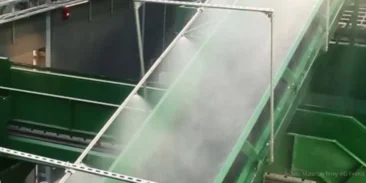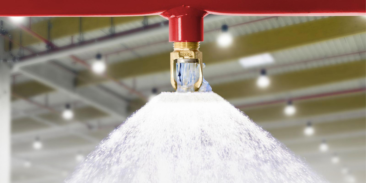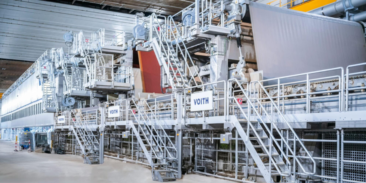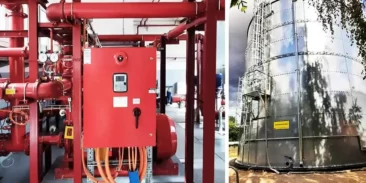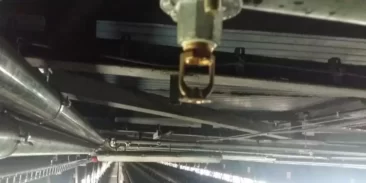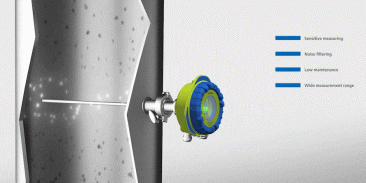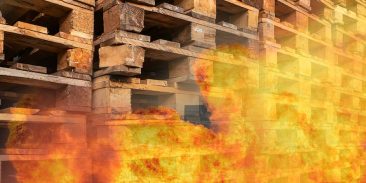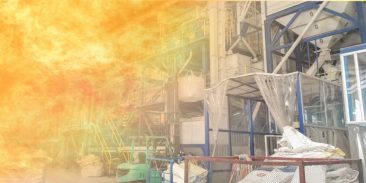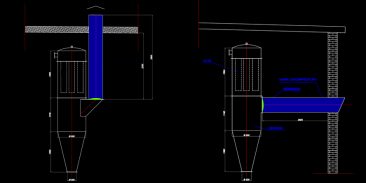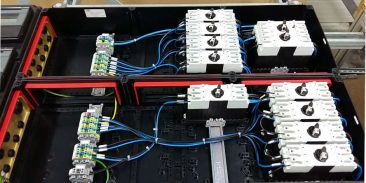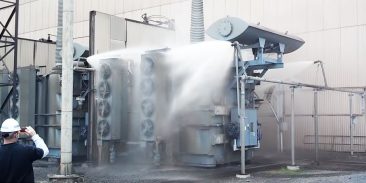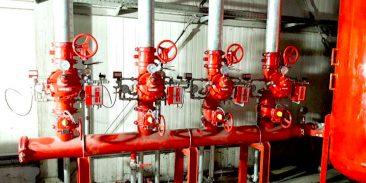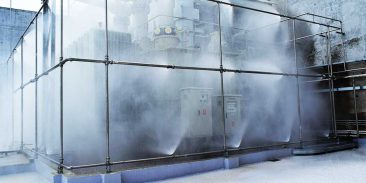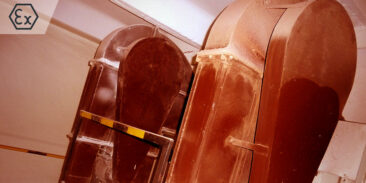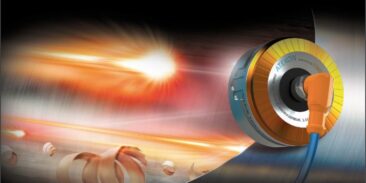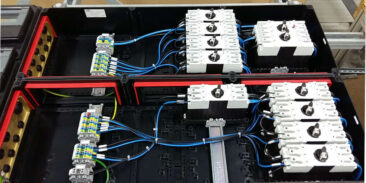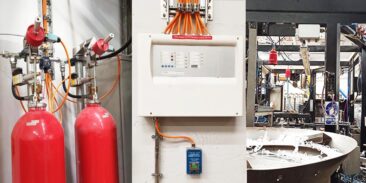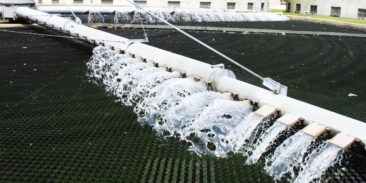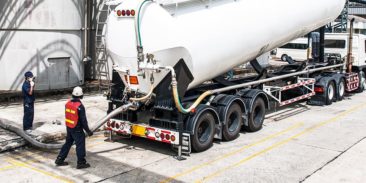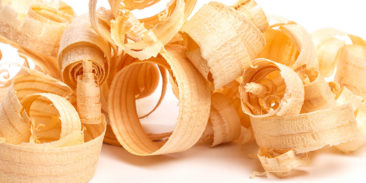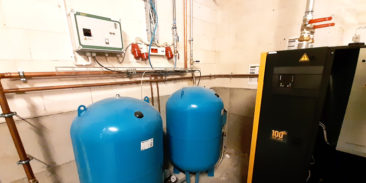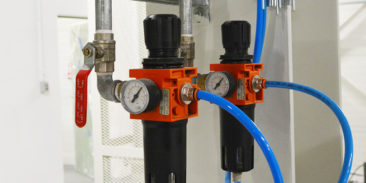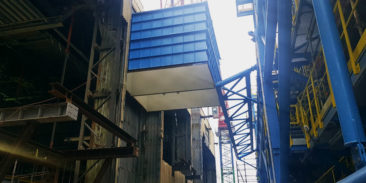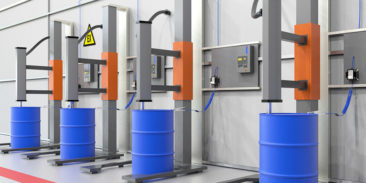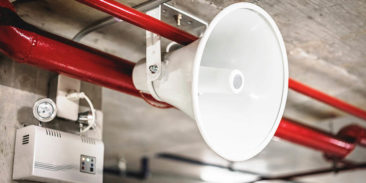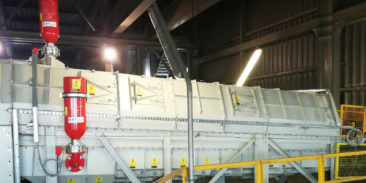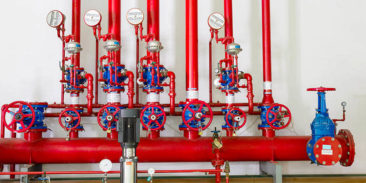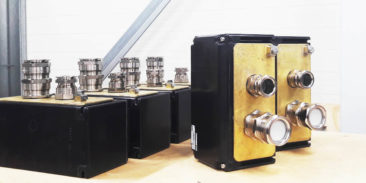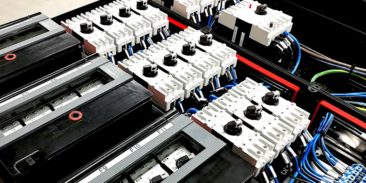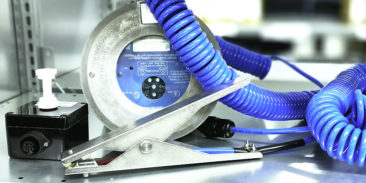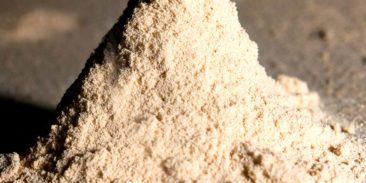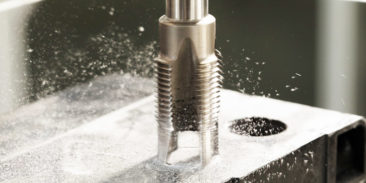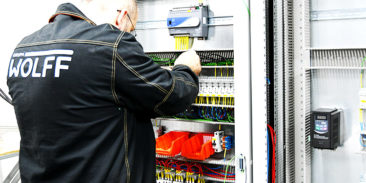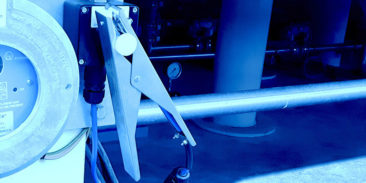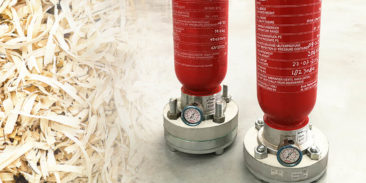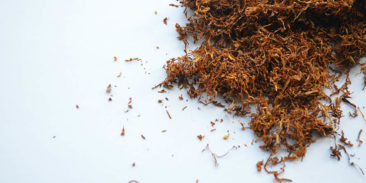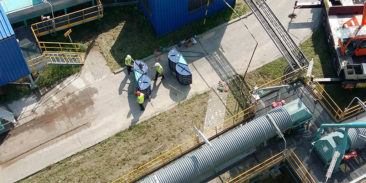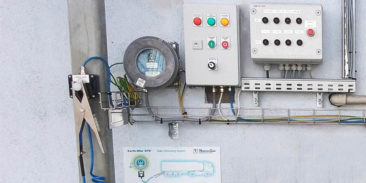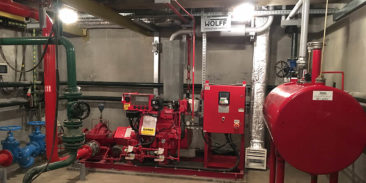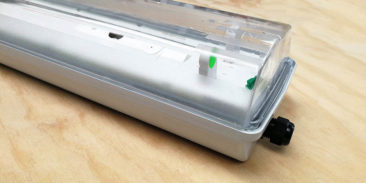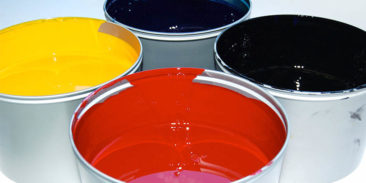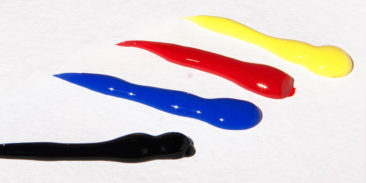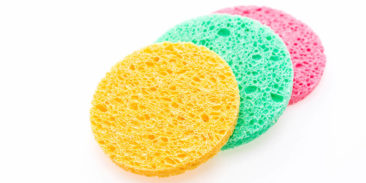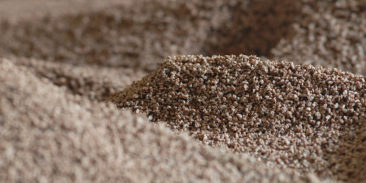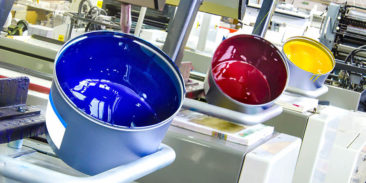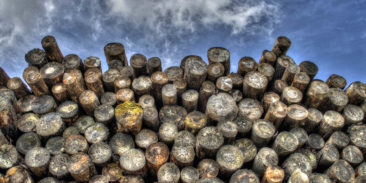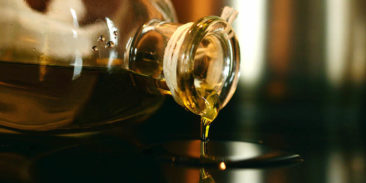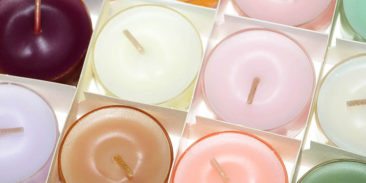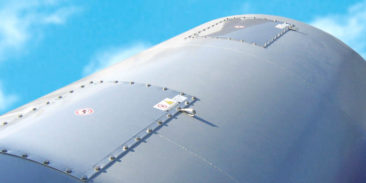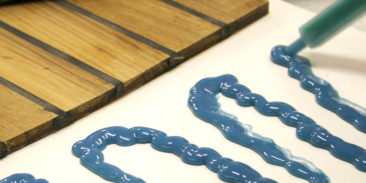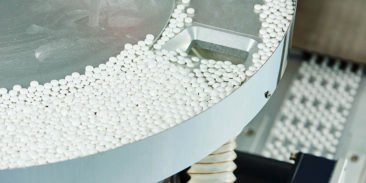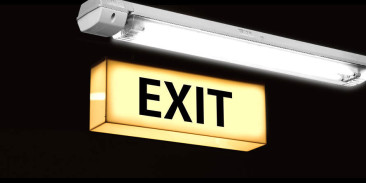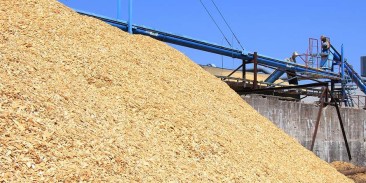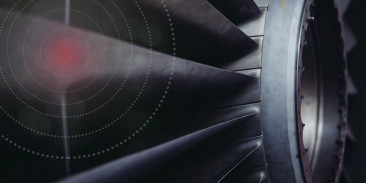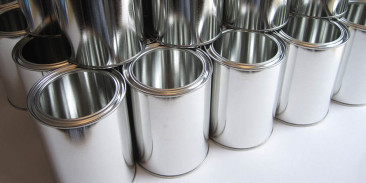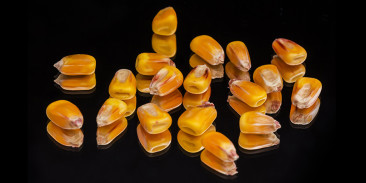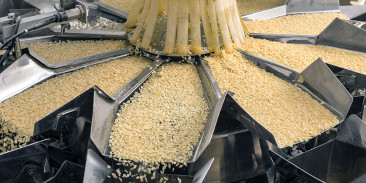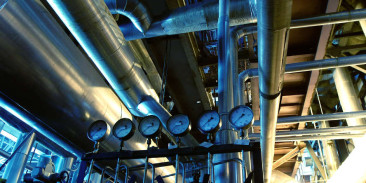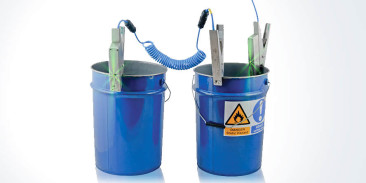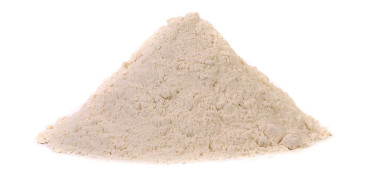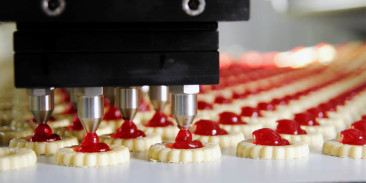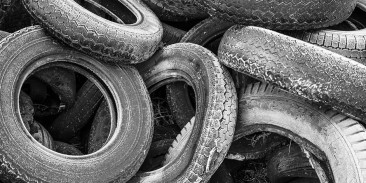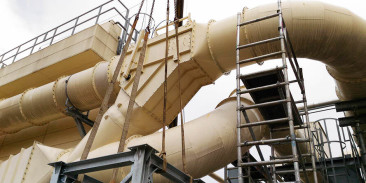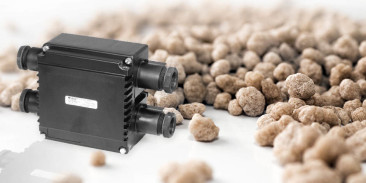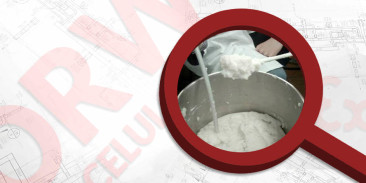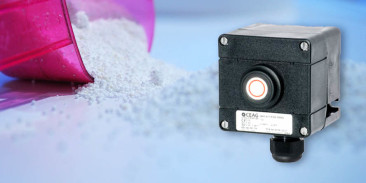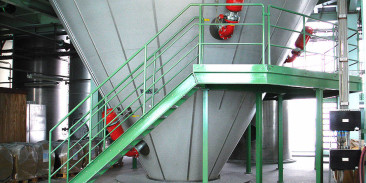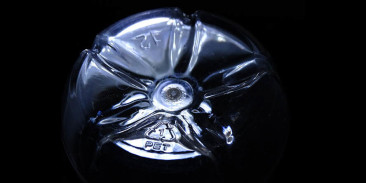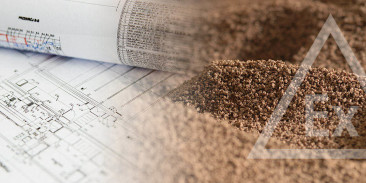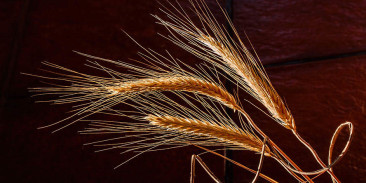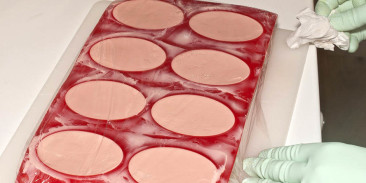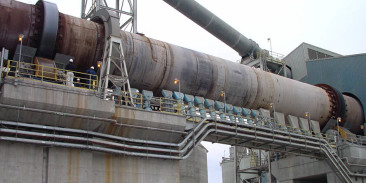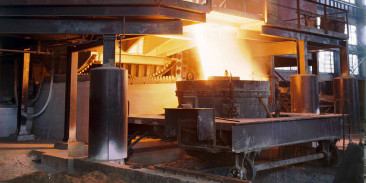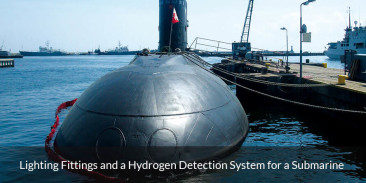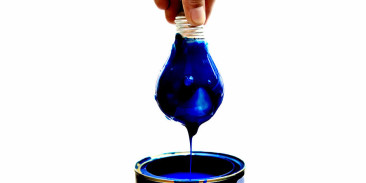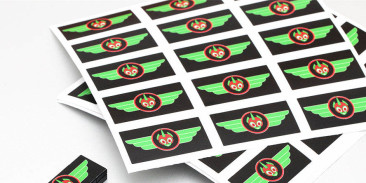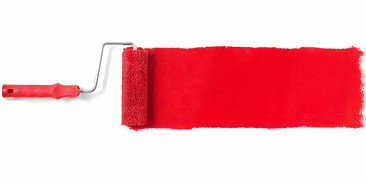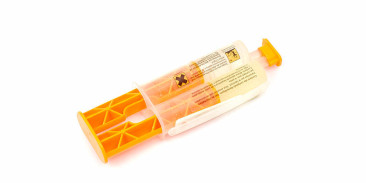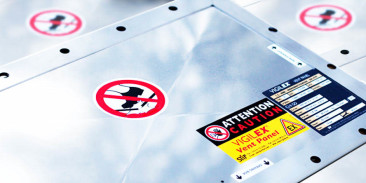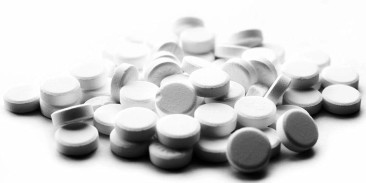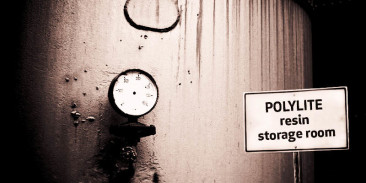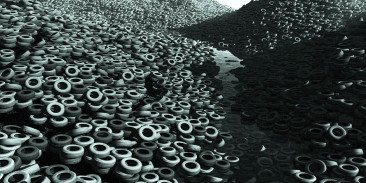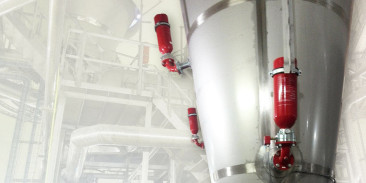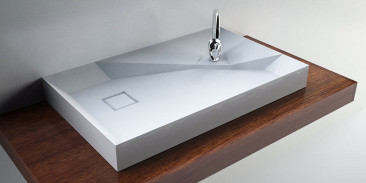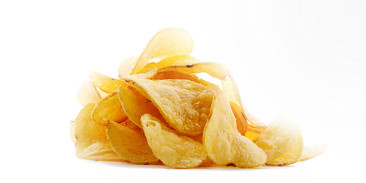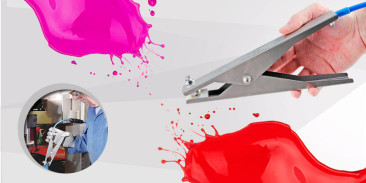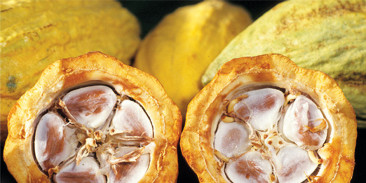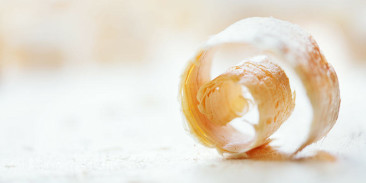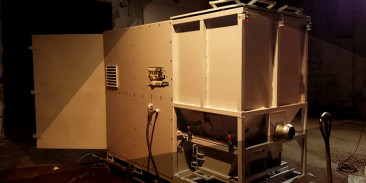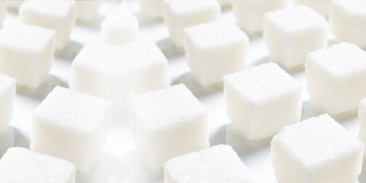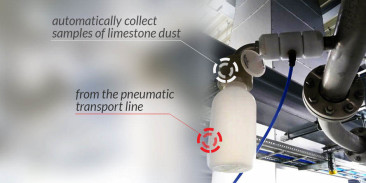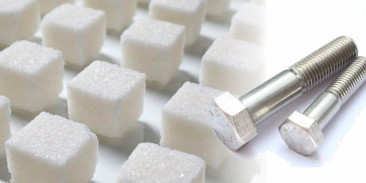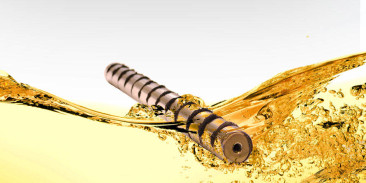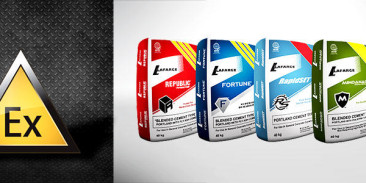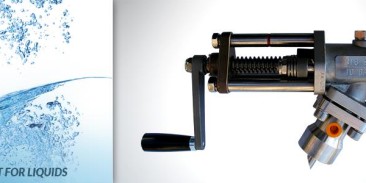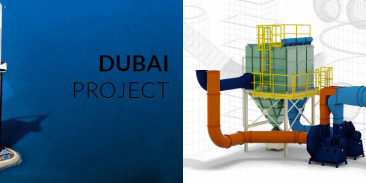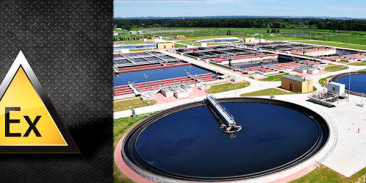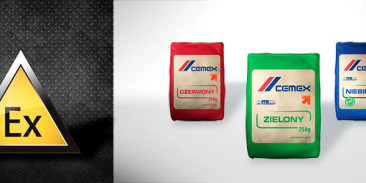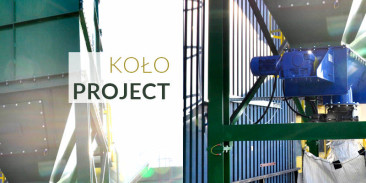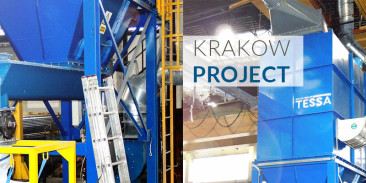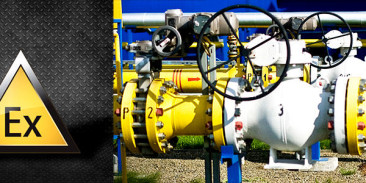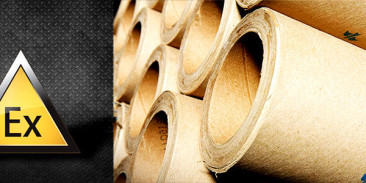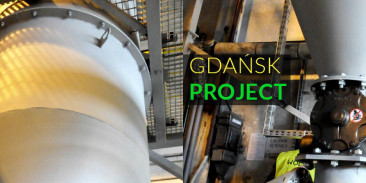Definition
The IP (ingress protection) is a numerical measure according to EN 60529:2003, preceded by the IP symbol of the IP code and assigned to the enclosure of an electrical appliance where the enclosure provides:
- protection to people against access or approach to live electrical parts or moving parts (other than smooth, rotating shafts) inside of the enclosure, and
- protection of the enclosed electrical apparatus against ingress of solid foreign objects, and if specified so in the IP rating
- protection of the enclosed electrical apparatus against harmful effects of ingress of water or other liquids.
Oznaczenie IP
The IP code / rating (“International Protection Codes”, “Ingress Protection Rating”)
An IP code features the prefix “IP” and a suffix two to four characters long..
- The first suffix character is a characteristic numeral which denotes the resistance to penetration by solid objects.
- The second suffix character is a characteristic numeral which denotes the resistance to penetration by water, e.g. IP44, IP67 – waterproof;
- The third (additional) suffix character is an additional letter which denotes the degree of user’s protection against direct touching of live components;
- The fourth (additional) suffix character is a supplementary letter.
Notes
- Where a characteristic numeral is not required to be specified, it shall be replaced by the letter X (“XX” if both numerals are not required).
- Additional letters and/or supplementary letters may be omitted without replacement.
- Where more than one supplementary letter is used, the alphabetic sequence shall apply.
- If an enclosure provides different degrees of protection for different intended mounting arrangements, the relevant degrees of protection shall be indicated by the manufacturer in the instructions related to the respective mounting arrangements.
Code example
IP
Code designation
International Protection
6
1st characteristic numeral
5
2nd characteristic numeral
C
Additional letter
H
Supplementary letter
First characteristic numeral – Degree of protection access to hazardous parts (direct touch protection) and from solid foreign objects
| 1st characteristic numeral | Brief description | Definition |
|---|---|---|
| 0 | Non-protected | — |
| Non-protected | — | |
| 1 | Protection against access to hazardous parts with the back of hand |
The access probe, sphere dia. 50 mm, shall maintain adequate distance from hazardous parts |
| Protection against solid foreign objects with a dia. 50 mm or larger |
The object probe, sphere dia. 50 mm, shall not fully penetrate |
|
| 2 | Protection against access to hazardous parts with a finger |
The jointed test finger dia. 12 mm, 80 mm length, shall have adequate clearance from hazardous parts |
| Protection against solid foreign objects with a dia. 12.5 mm or larger |
The object probe, sphere dia. 12.5 mm, shall not fully penetrate |
|
| 3 | Protection against access to hazardous parts with a tool |
The access probe, dia. 2.5 mm shall not penetrate |
| Protection against solid foreign objects with a dia. 2.5 mm or larger |
The object probe, dia. 2.5 mm shall not fully penetrate |
|
| 4 | Protection against access to hazardous parts with a wire |
The access probe, dia. 1.0 mm shall not penetrate |
| Protection against solid foreign objects with a dia. 1.0 mm or larger |
The object probe, dia. 1.0 mm shall not fully penetrate |
|
| 5 | Protection against access to hazardous parts with a wire |
The access probe, dia. 1.0 mm shall not penetrate |
| Dust-protected | Ingress of dust is not totally prevented, but dust shall not penetrate in a quantity to interfere with satisfactory operation of the apparatus or to impair safety |
|
| 6 | Protection against access to hazardous parts with a wire |
The access probe, dia. 1.0 mm shall not penetrate |
| Dust-tight | No ingress of dust | |
| Key: | ||
| Colour | Details of protection against access to to hazardous parts (direct touch protection) | |
| Colour | Details of protection against solid foreign objects | |
| 1) The full diameter of the object probe shall not pass through an opening of the enclosure. | ||
Second characteristic numeral – Degree of protection against water
| 2nd characteristic numeral | Brief description | Definition |
|---|---|---|
| 0 | Non-protected | — |
| 1 | Protected against vertically falling water drops | Vertically falling drops shall have no harmful effects |
| 2 | Protected against vertically falling water drops when enclosure tilted up to 15° | Vertically falling drops shall have no harmful effects when the enclosure is tilted at any angle up to 15° on either side of the vertical |
| 3 | Protected against spraying water | Water sprayed at an angle up to 60° on either side of the vertical shall have no harmful effects |
| 4 | Protected against splashing water | Water splashed against the enclosure from any direction shall have no harmful effects |
| 5 | Protected against water jets | Water projected in jets against the enclosure from any direction shall have no harmful effects |
| 6 | Protected against powerful water jets | Water projected in powerful jets against the enclosure from any direction shall have no harmful effects |
| 7 | Protected against the effects of temporary immersion in water | Ingress of water in quantities causing harmful effects shall not be possible when the enclosure is temporarily immersed in water under standardized conditions of pressure and time |
| 8 | Protected against the effects of continuous immersion in water | Ingress of water in quantities causing harmful effects shall not be possible when the enclosure is continuously immersed in water under conditions which shall be agreed between manufacturer and user but which are more severe than for numeral 7 |
Additional letter – Degree of protection against access to hazardous parts – denotes the degree of user’s protection against direct touching of live components
| Additional letter | Brief description | Definition |
|---|---|---|
| A | Protected against access with the back of the hand | The access probe, sphere dia. 50 mm, shall have adequate clearance from hazardous parts |
| B | Protected against access with a finger | The jointed test finger, of dia. 12 mm, 80 mm length, shall have adequate clearance form hazardous parts |
| C | Protected against access with a tool | The access probe of dia. 2.5 mm, 100 mm length, shall have adequate clearance from hazardous parts |
| D | Protected against access with a wire | The access probe of dia. 1.0 mm , 1 00 mm length, shall have adequate clearance from hazardous parts |
Supplementary letter
| Letter | Significance |
|---|---|
| H | High-voltage apparatus |
| M | Tested for harmful effects due to the ingress of water when the movable parts of the equipment (for example, the rotor of a rotating machine) are in motion. |
| S | Tested for harmful effects due to the ingress of water when the movable parts of the equipment (for example, the rotor of a rotating machine) are stationary. |
| W | Suitable for use under specified weather conditions and provided with additional protective features or processes. |




